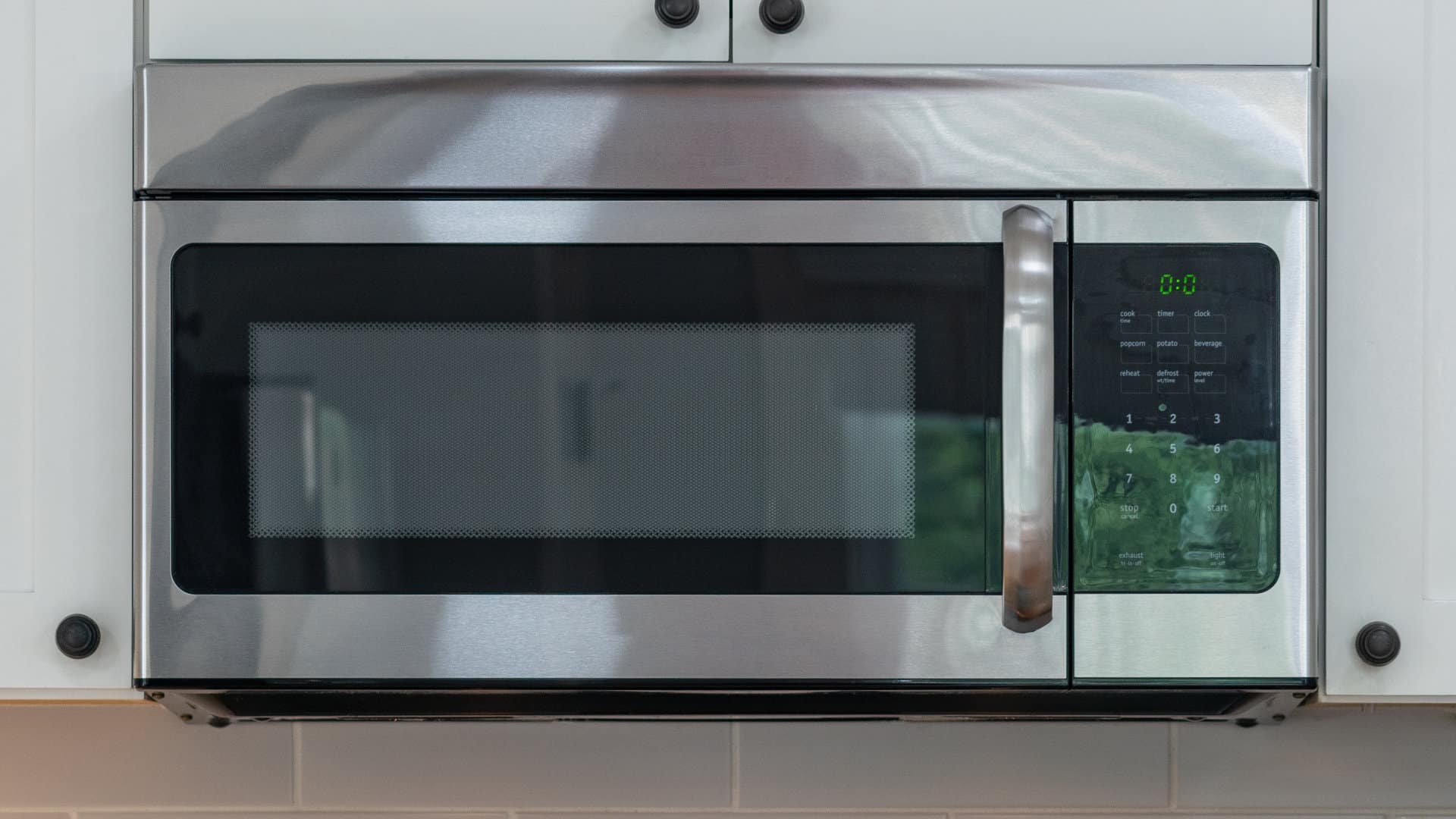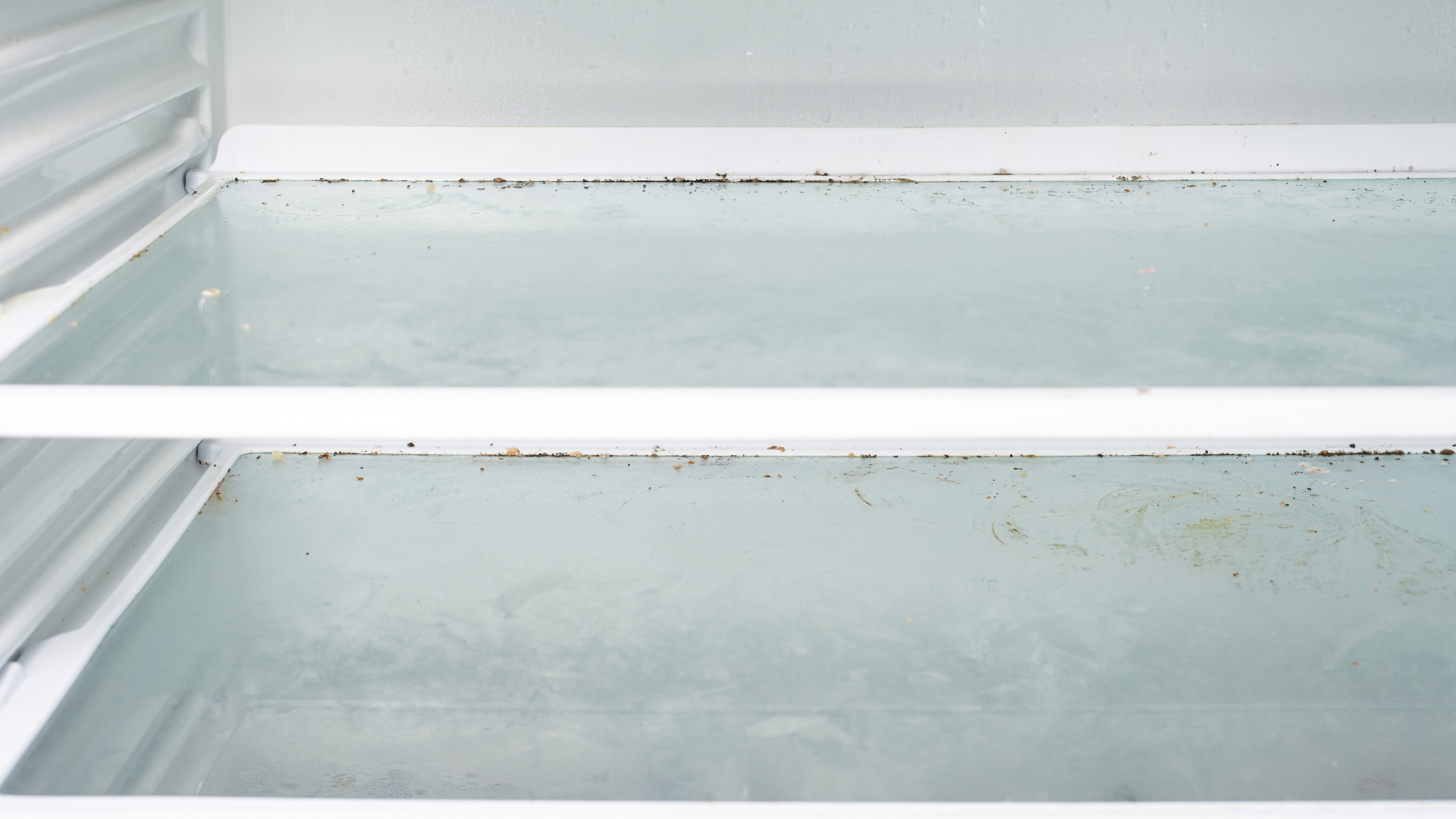
Our refrigerators are wonderful storage tools, but when we neglect to clean them, they can become breeding grounds for mold and other bacteria. For the best guide on cleaning out your refrigerator, read on.
Why Is My Refrigerator Moldy?
Spoiled Food
Typically, refrigerator mold starts out with rotten (or rotting) food. You can easily just throw one or two spoiled items away, but mold does spread through the air and contaminate surfaces, such as shelves, doors, and rubberized parts from door seals. These are all found in and around your refrigerator. So, just because you’ve thrown out that spoiled cheese does not mean you’re free of mold and contamination.
Appliance Issues and Power Outages
Mold might also appear due to your refrigerator being unplugged for an extended period of time. For example, if you have had a recent power outage. If you have had a problem like this, simply check your refrigerator’s power outlet and plug your machine back in.
If you see no rotting food and your refrigerator is plugged in properly, then you may be dealing with a mechanical issue. If this is the case, then you may be dealing with a leak in the water line running behind your refrigerator, or the humidity level may be too high. Both of these issues encourage mold growth. If you are experiencing a problem like this, consider hiring an appliance repairman.
Is the Mold in My Refrigerator Dangerous?
Any kind of mold, whether it is grey or black in color, can pose a problem to your health. It isn’t really necessary to know what type of mold it is: if you see it, you need to clean it and prevent it from coming back.
However, certain types of molds can cause serious health issues if they are allowed to germinate and spread to other areas in your kitchen. If you come into contact with them, either through touching or inhaling them, you can be at risk for major health issues and potential illnesses. This is because molds have allergenic properties, which can be deadly for people with compromised immune systems, children, and the elderly. This is why when we see mold, we need to get rid of it as soon as possible.
What Kinds of Food Contribute to Mold Growth?
First and foremost, mold growth sources typically come from the mold that grows on our food. Most produce, such as fruits, vegetables, nuts, and grains, can develop mold growth. However, some foods, such as salami and cheeses, produce natural mold that you can cut away. These molds are less likely to contribute to mold growth, and the foods they grow on are still safe to eat after natural growth has been stripped.
Getting Rid of Mold
Cleaning your refrigerator is a rather simple process. Fortunately, you can also use household items for a deep clean.
To clean your refrigerator:
- Take out all of your shelves and removable drawers, if your refrigerator has them.
- Spray them down with vinegar. It is important that you do not dilute the vinegar, as a dilution will not kill the mold as effectively.
- Let the shelves and removable drawers sit for a minute while the vinegar takes effect.
- Spray inside of the fridge, making sure to tackle the seals inside of the refrigerator door, the crevices inside of the hinges, and any excess shelving units (particularly the shelving on the inside of the door). Be extra thorough with smaller surface areas, as mold may still be there.
- Scrub all these surfaces with a damp rag.
- Wipe again with a clean, damp cloth.
- Dry all surfaces. Repeat as needed.
- Throw away all paper towels.
- Wash all damp rags and cloths that you used to clean the refrigerator. Use hot water with detergent mixed in.
Additional Tips
- If mold persists inside the rubber seal of the door, simply remove it with one tablespoon of chlorine bleach mixed with one part water. Additionally, you can also use one part baking soda or lemon for an extra clean.
- If you do not have vinegar in your kitchen, you can also use mold killer and disinfectant.
Preventing Refrigerator Mold from Returning
To prevent refrigerator mold, you can simply:
- Eat your food before it goes rotten. If you don’t have the time to eat all of your food, you can place meats, cheeses, and even milk in the freezer for bacteria prevention.
- Discard food if it is past its expiry date.
- Keep an eye on mold-prone foods, such as cheeses, fruits and vegetables.
- Cover food in the fridge by using plastic wrap, tin foil, or storing it in a food-safe plastic container. This is the surest way to prevent mold from becoming airborne and spreading to other surfaces, both in and out of the fridge.
- Repeat the cleaning processes above. Be sure to do this at least once a month.
Mold is a typical annoyance, but it shouldn’t have to be hard to clean out. By applying these steps, you, too, can have a healthier and safer kitchen.
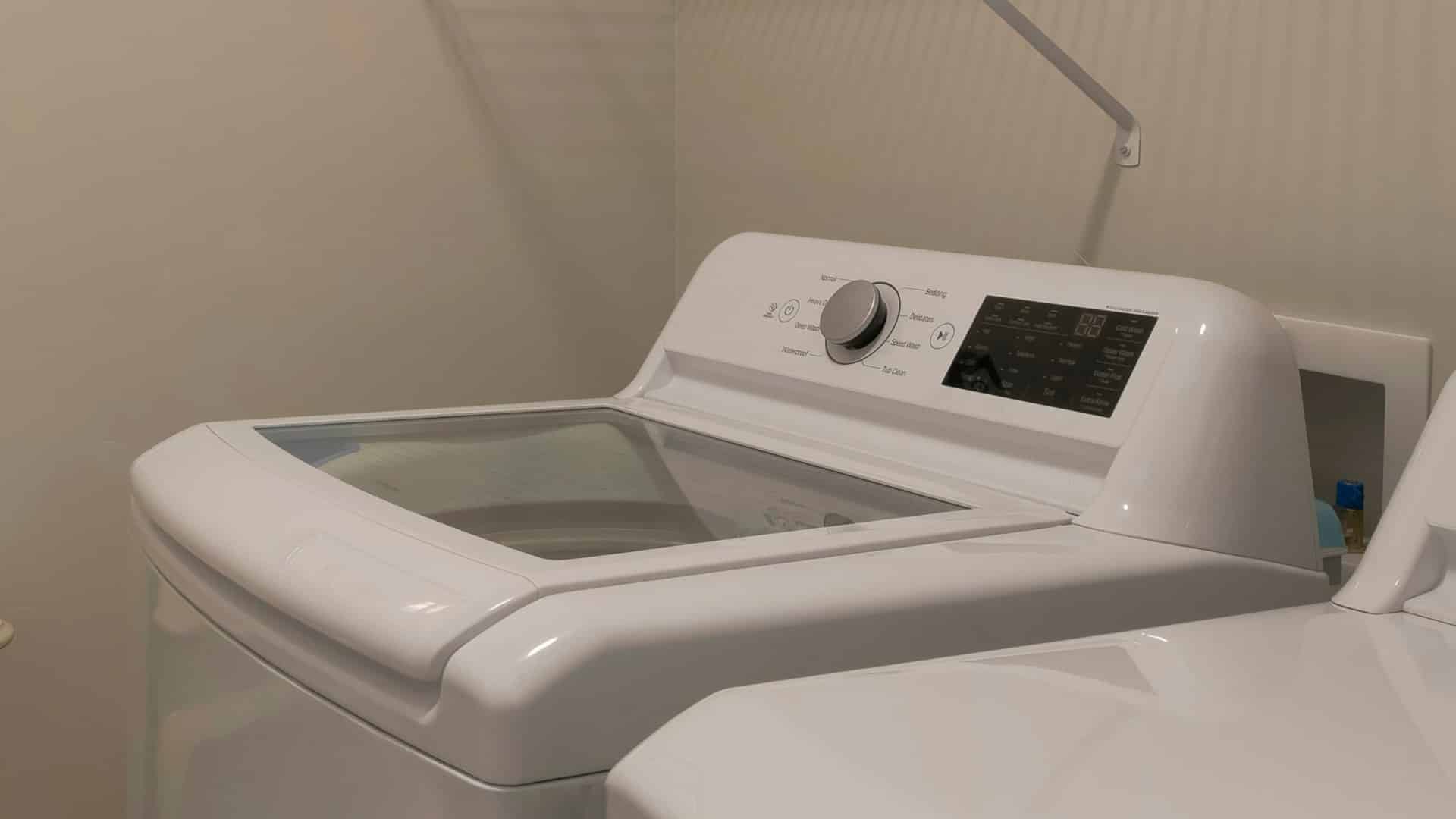
GE Washer Not Spinning? Here’s The Fix!
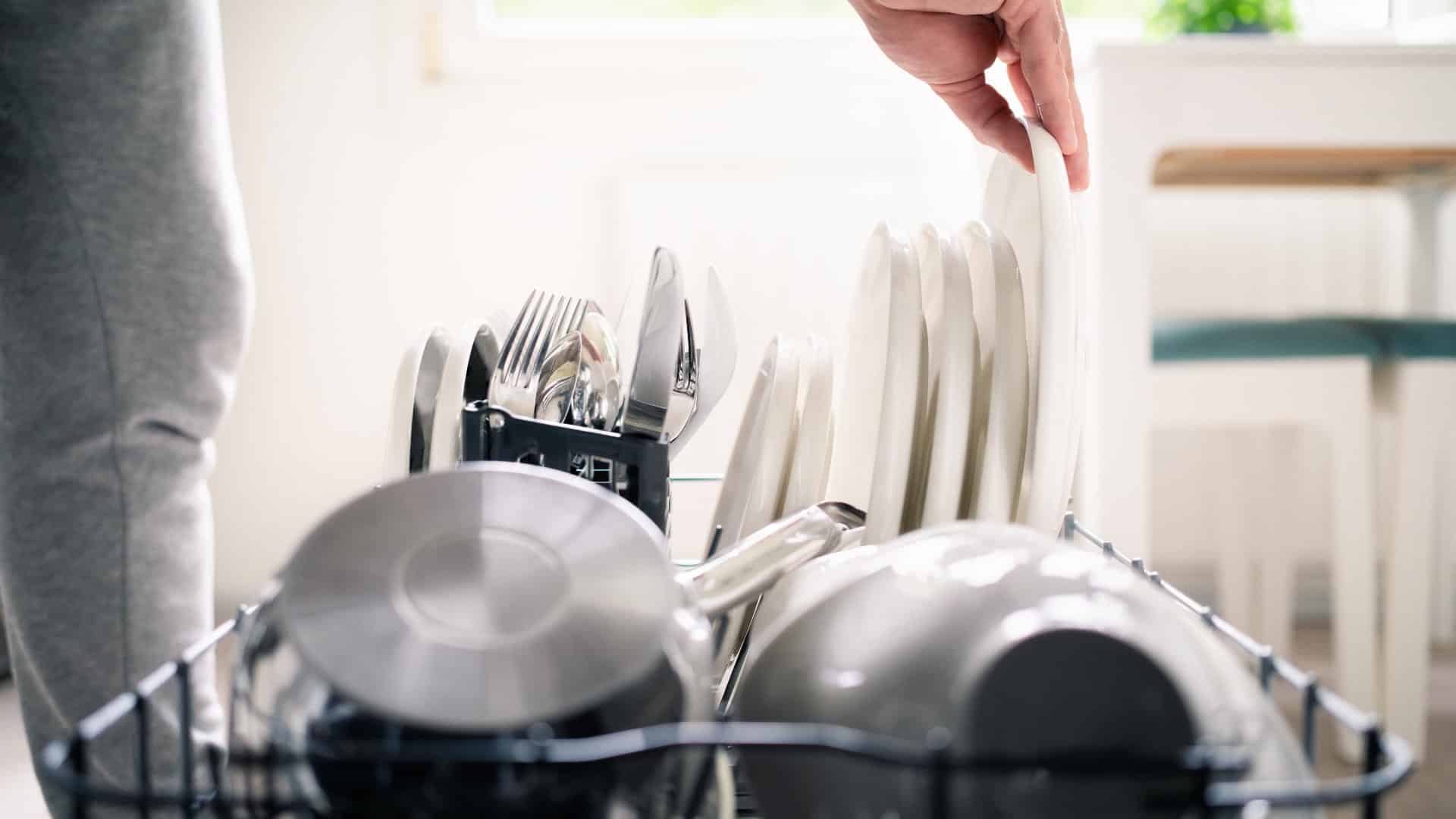
How to Restore Power to Your GE Dishwasher
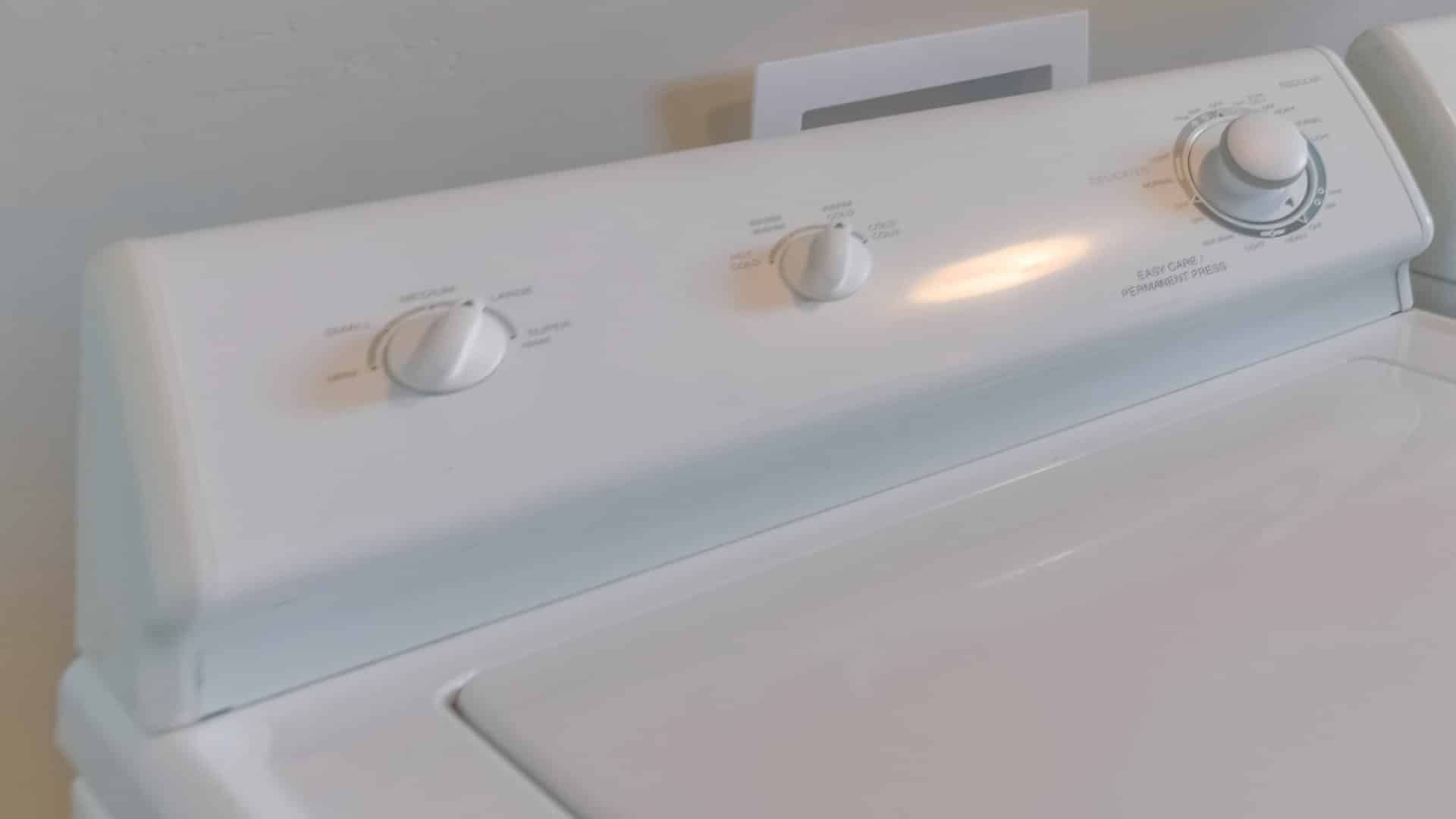
How To Reset Your GE Washer Top Loader
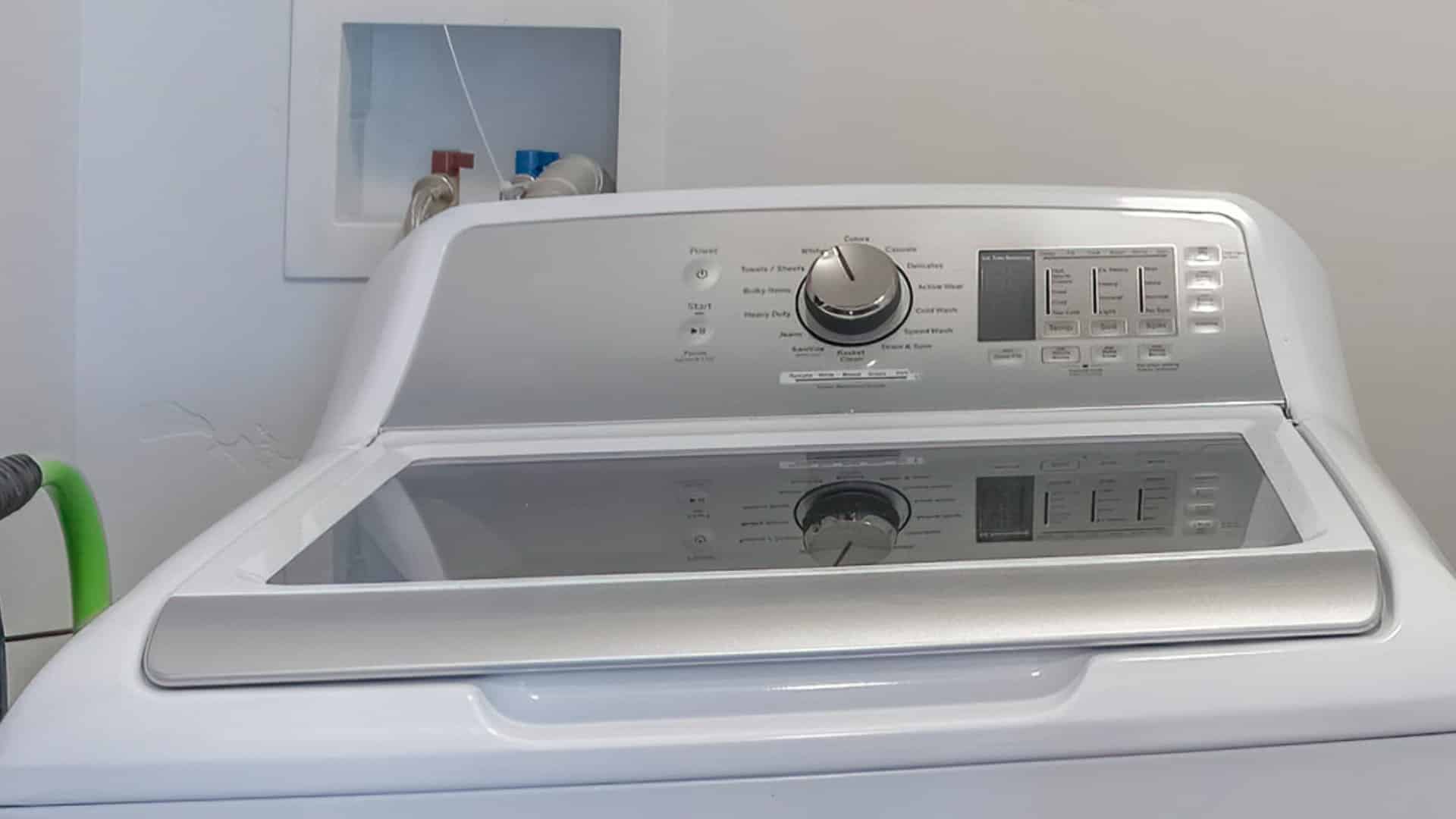
Understanding Whirlpool Washer Error Codes
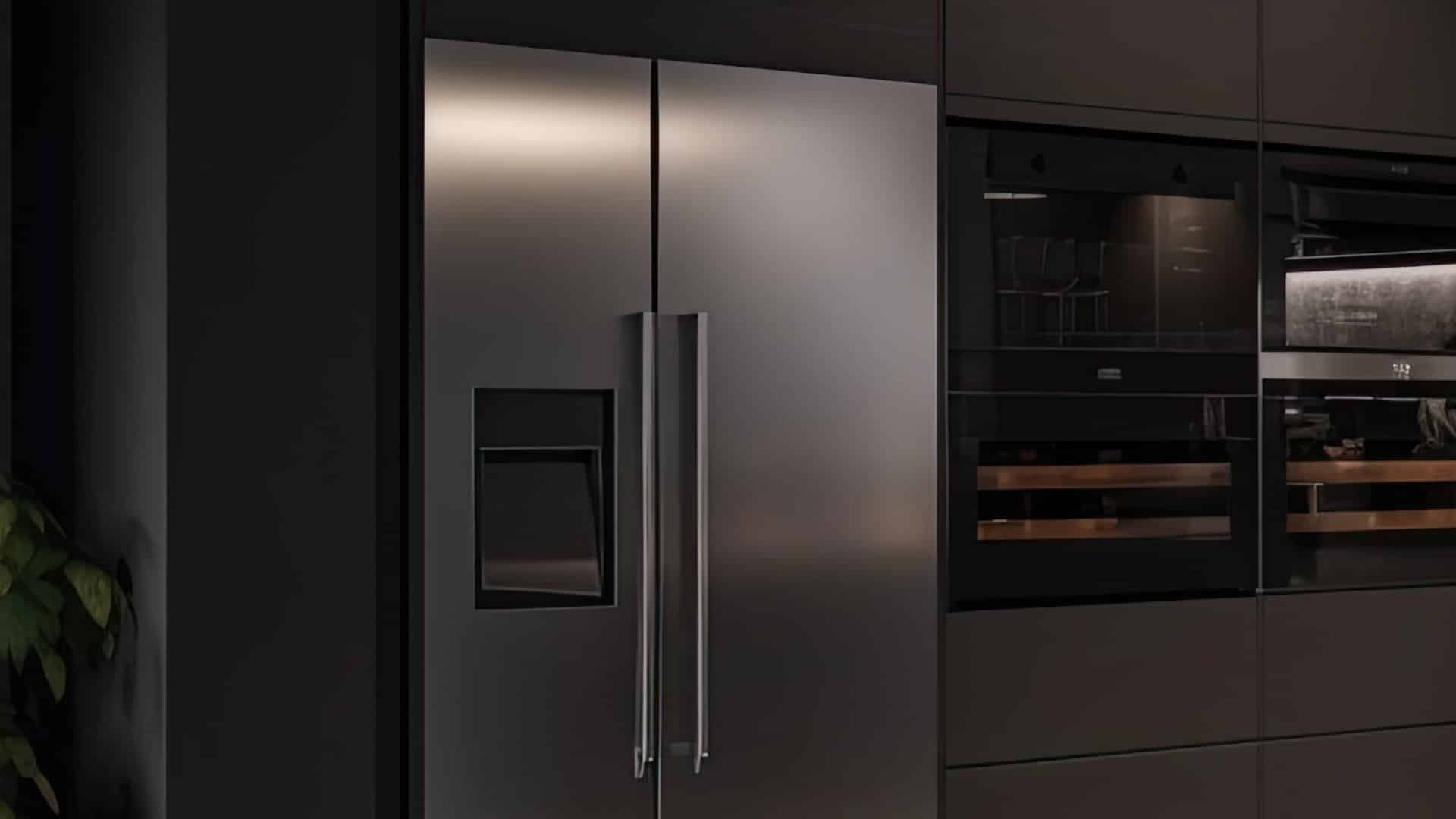
JennAir Ice Maker Not Working? Here’s What to Do
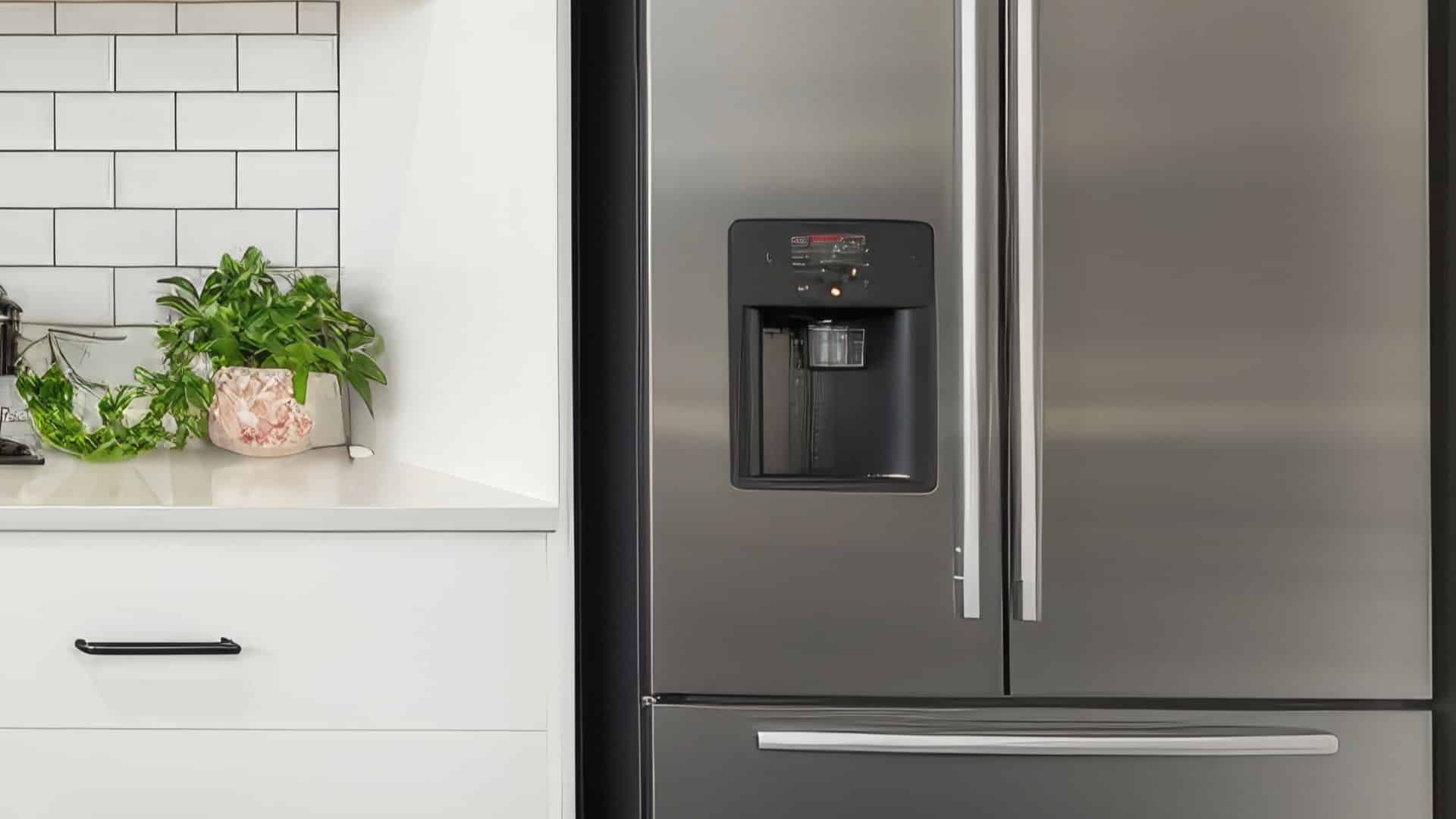
What to Do If Your LG Fridge Isn’t Cooling
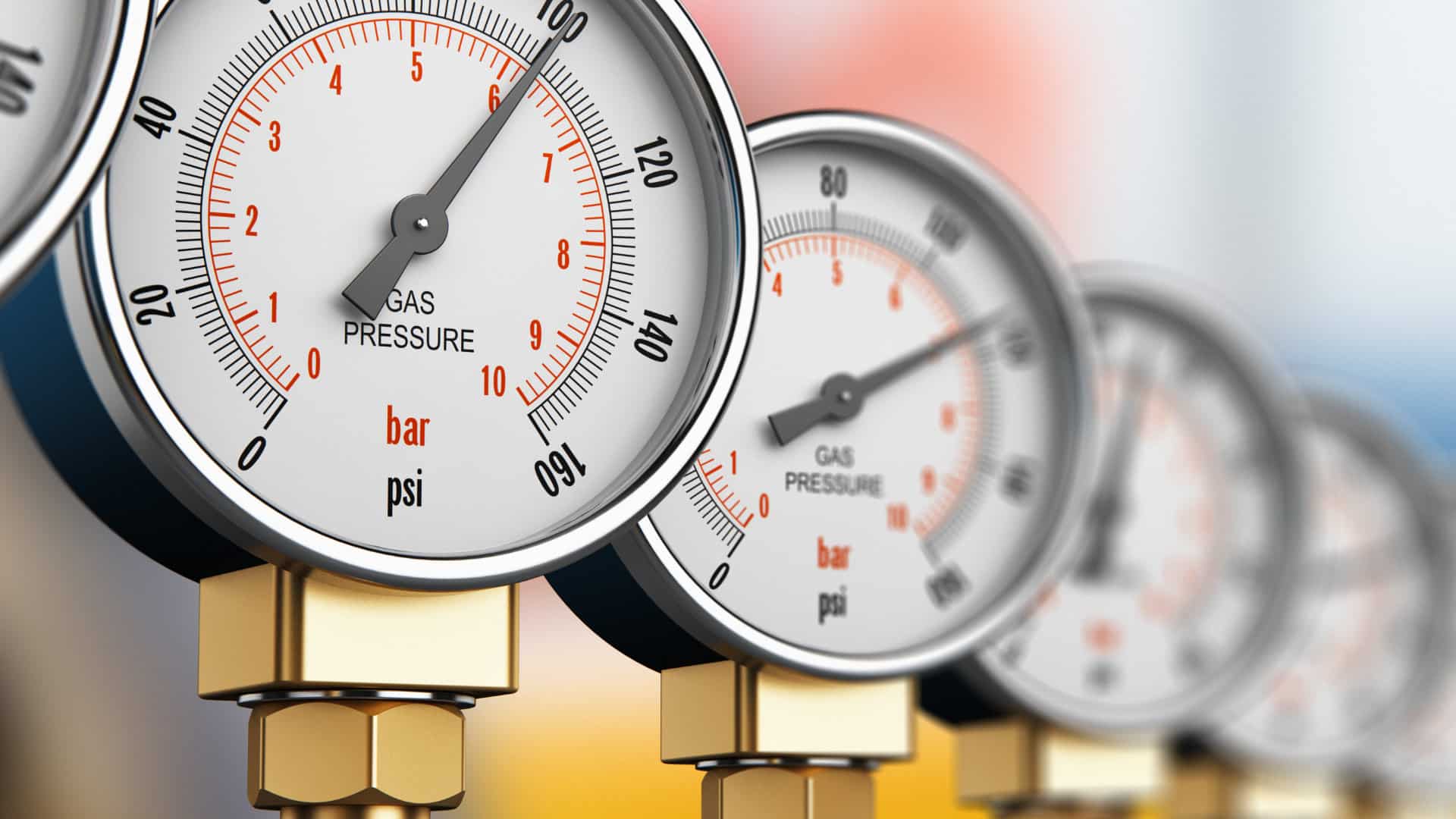
Propane vs. Natural Gas Stove: What’s Best?
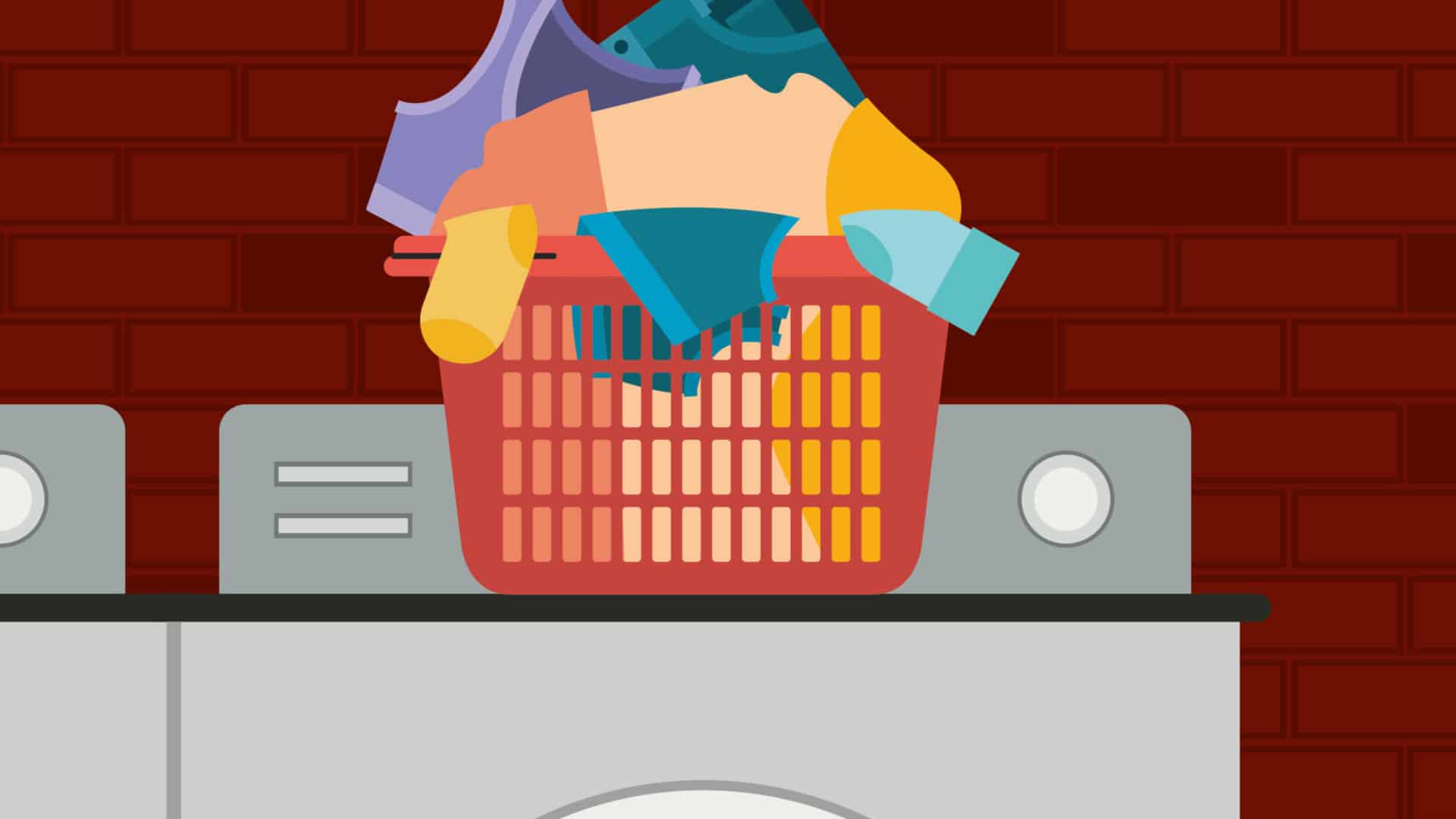
How Hot Does a Dryer Get?
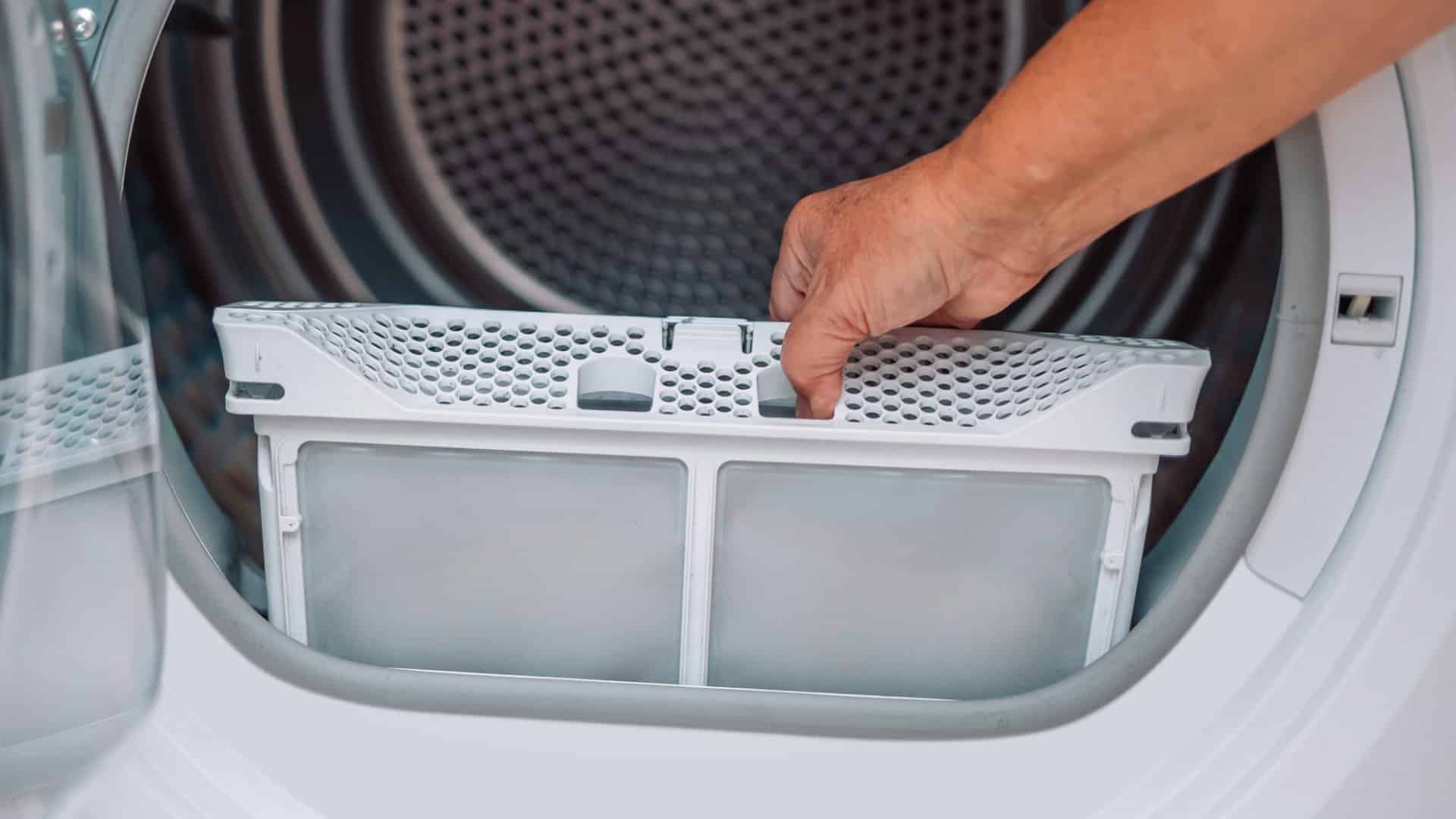
LG Dryer Flow Sense: Everything You Need to Know
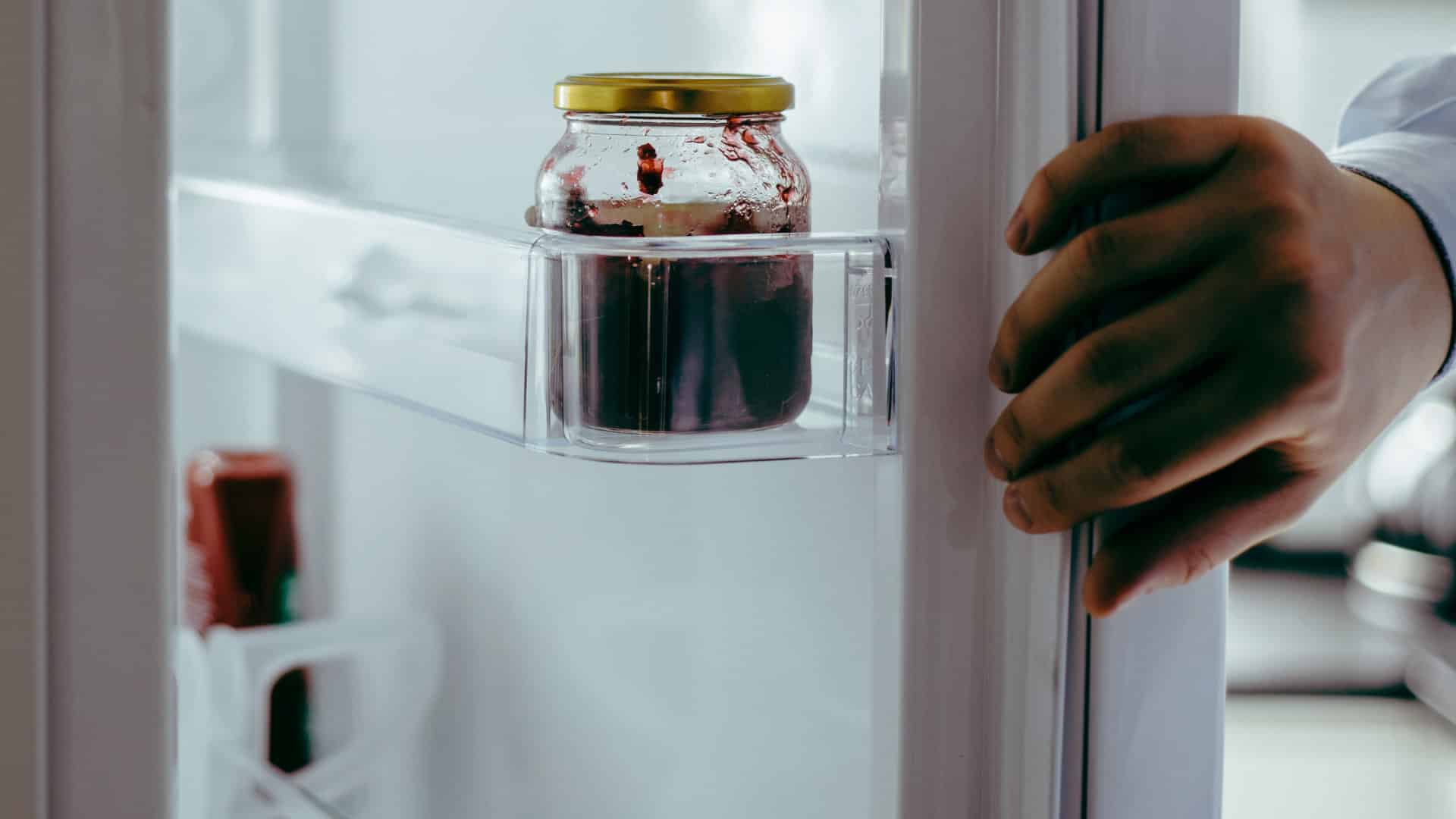
What to Do When Your Freezer Is Not Freezing but the Fridge Is Cold
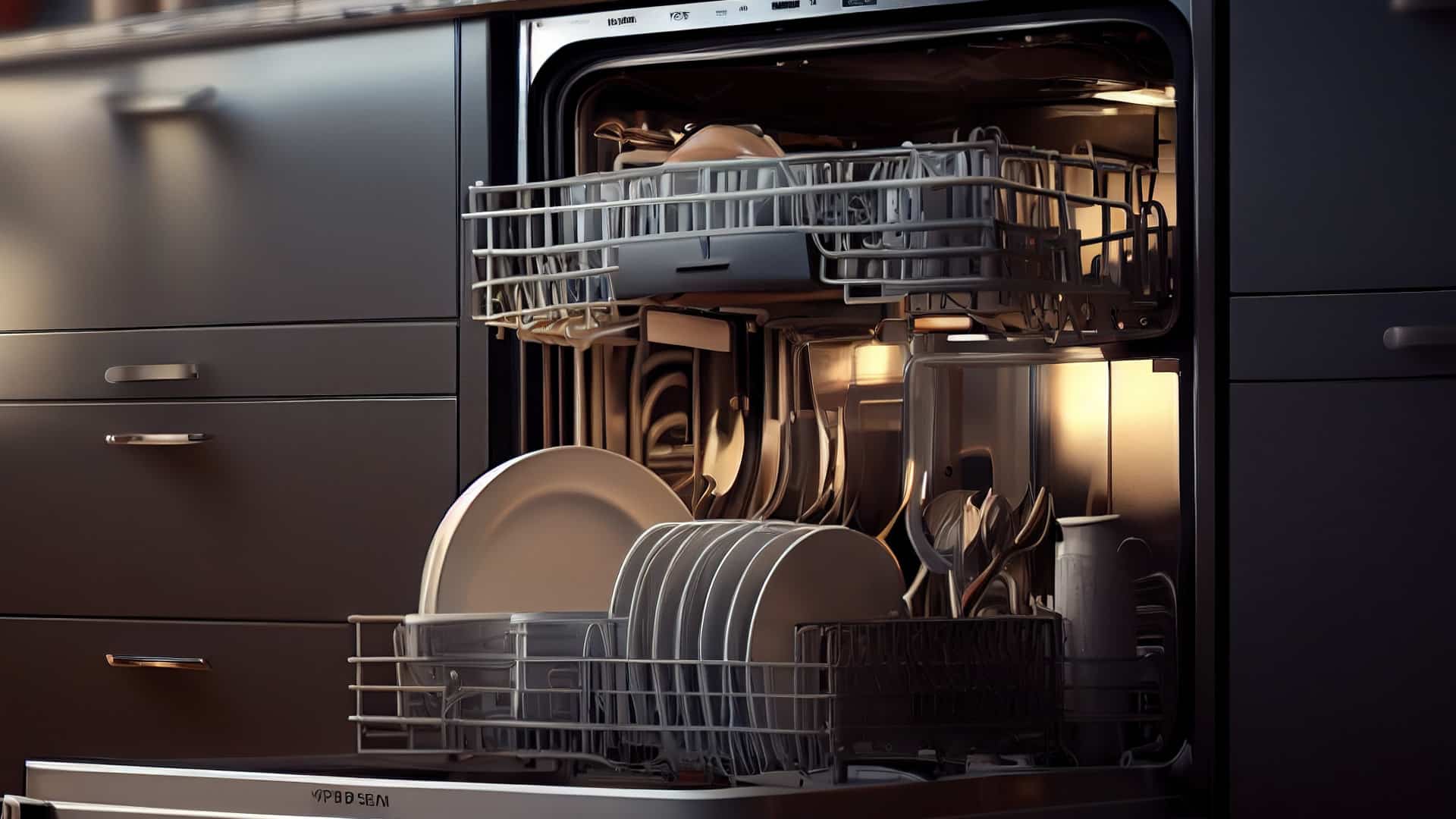
How to Solve Maytag Dishwasher Showing Error F9E1
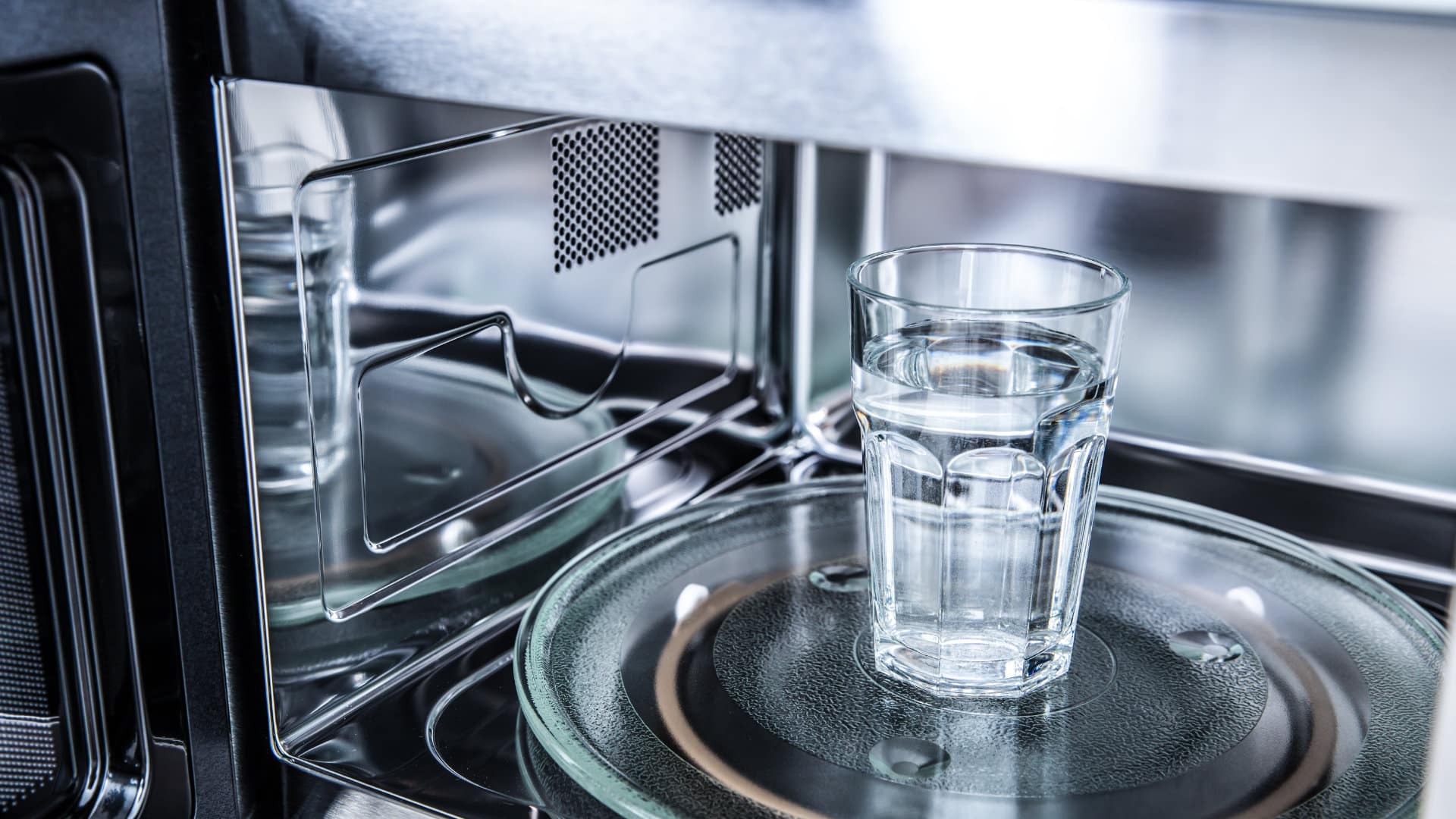
When Is a Microwave Unsafe to Use? (Warning Signs to Look For)
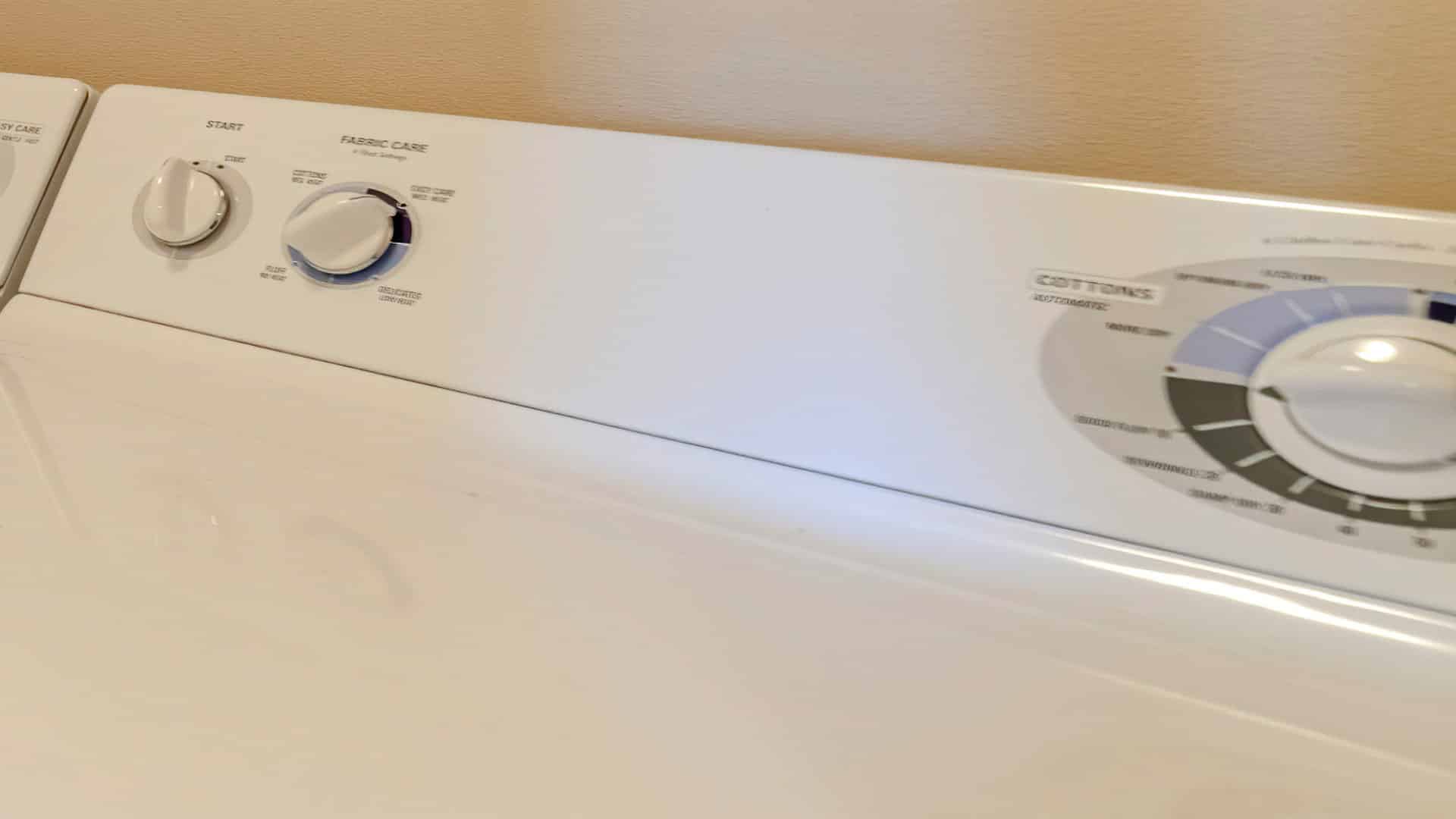
How to Fix a Squeaky Dryer (Step-by-Step)
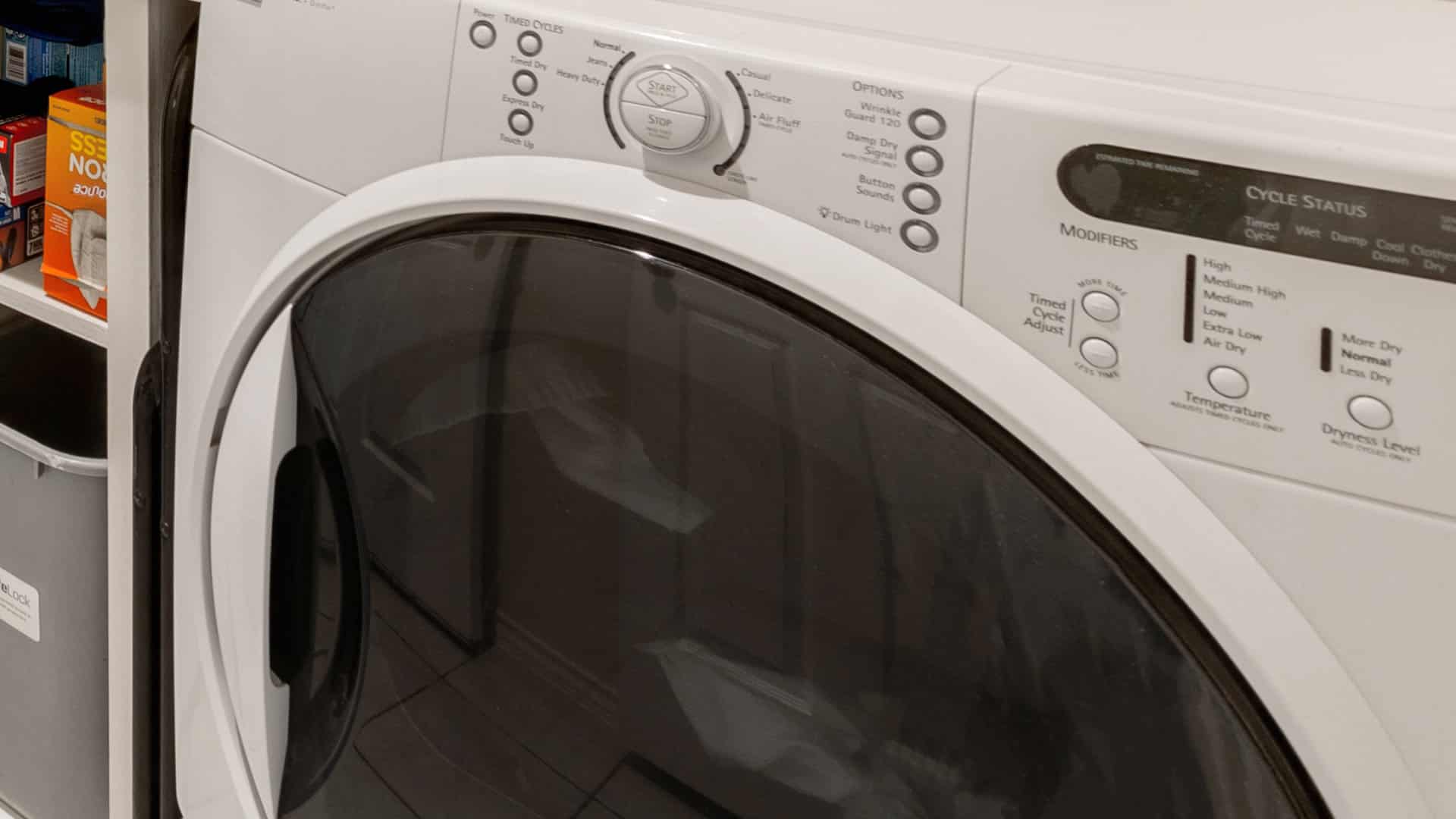
How To Remove Ink From Your Dryer
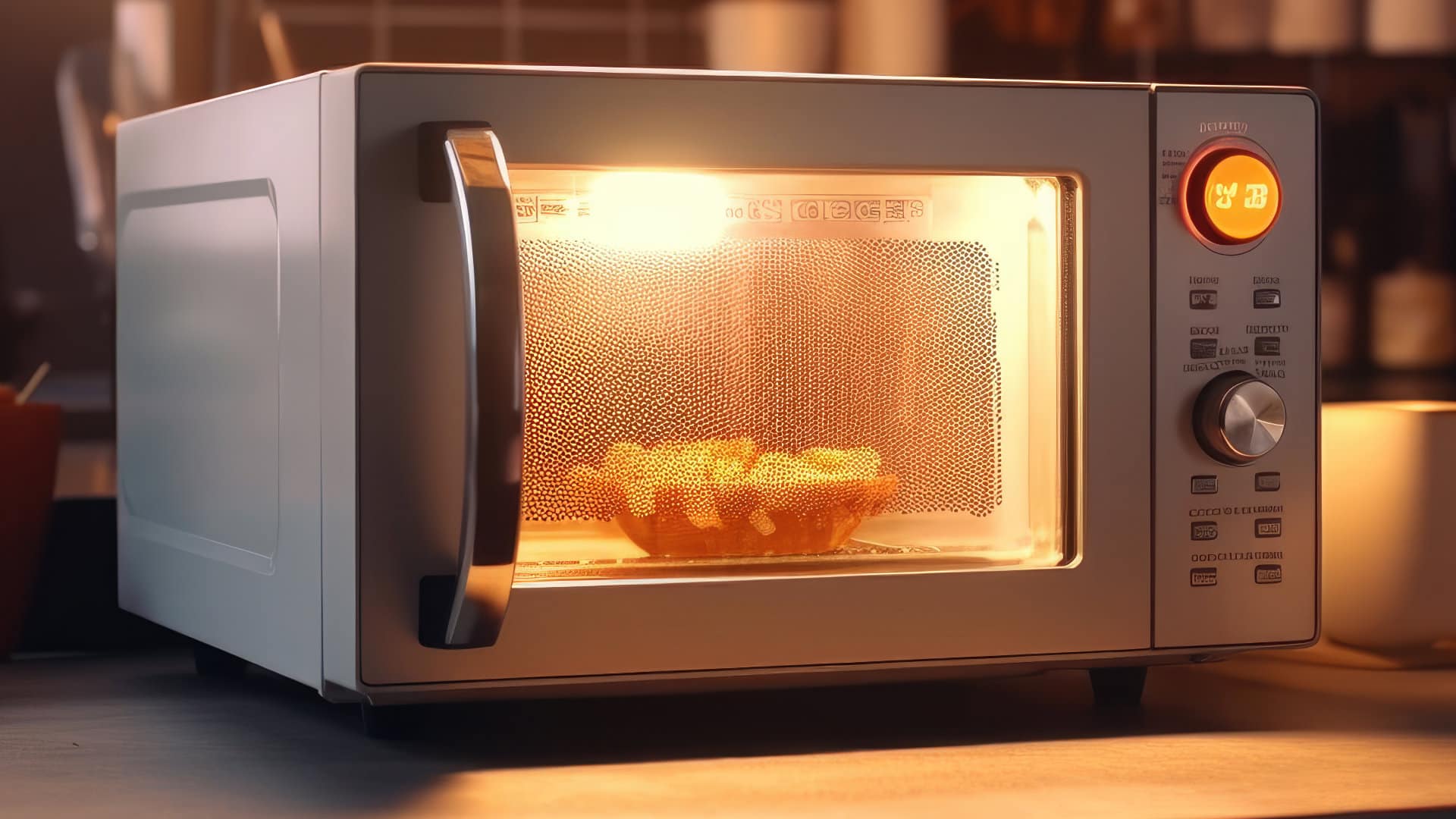
How To Fix an LG Microwave Not Heating
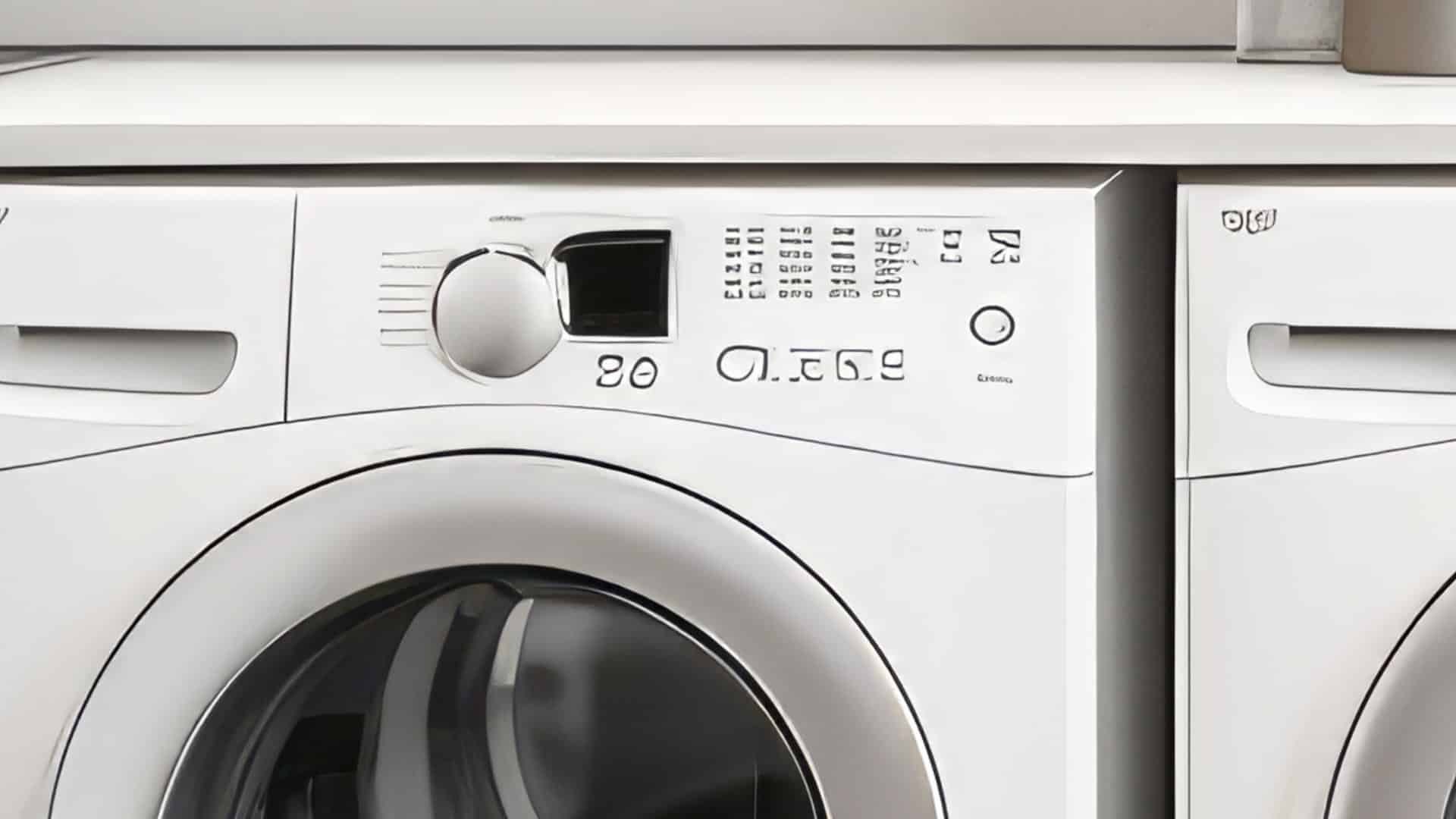
How To Fix a Maytag Washer Not Spinning
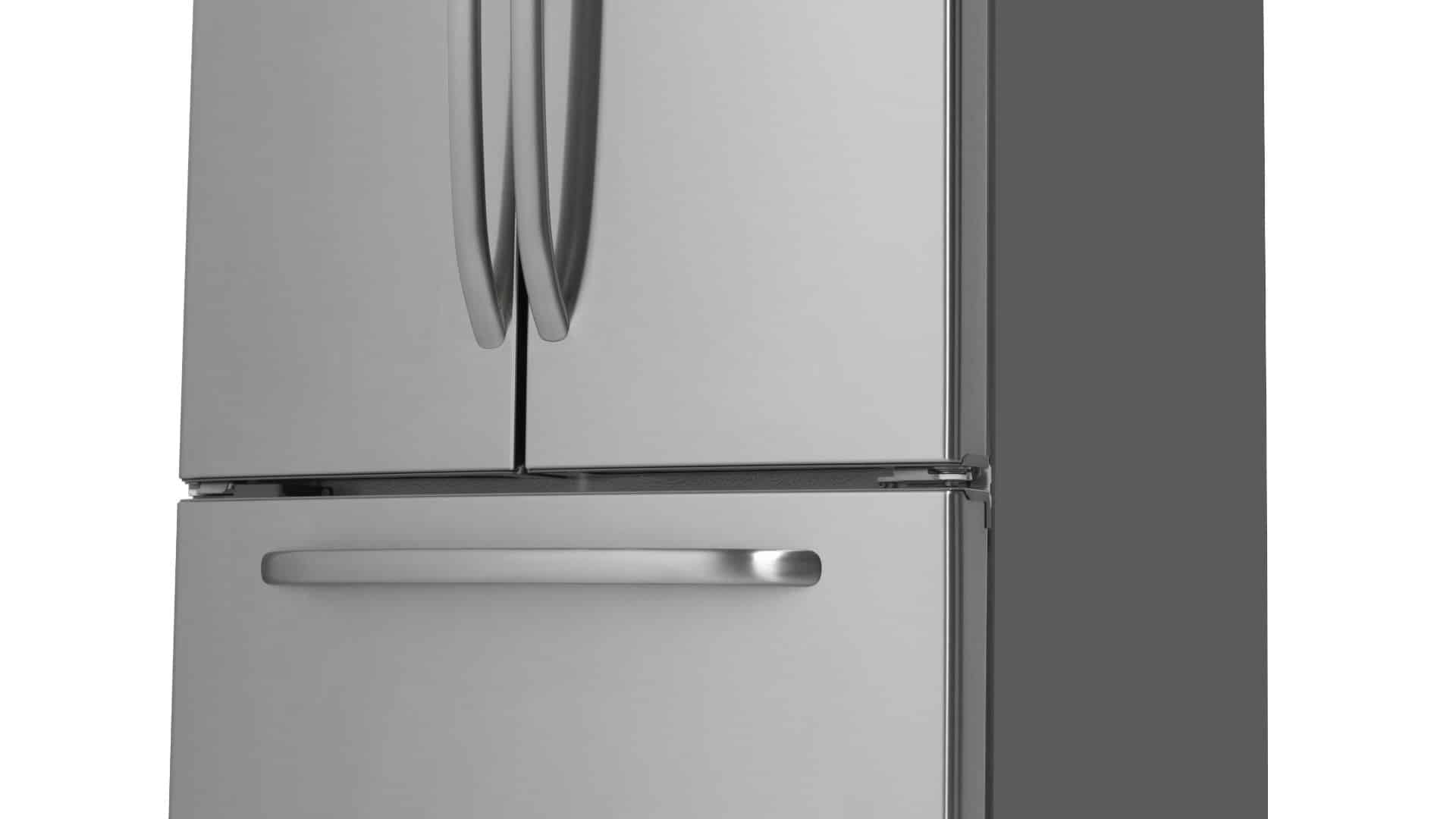
KitchenAid Refrigerator Not Making Ice? Here’s Why
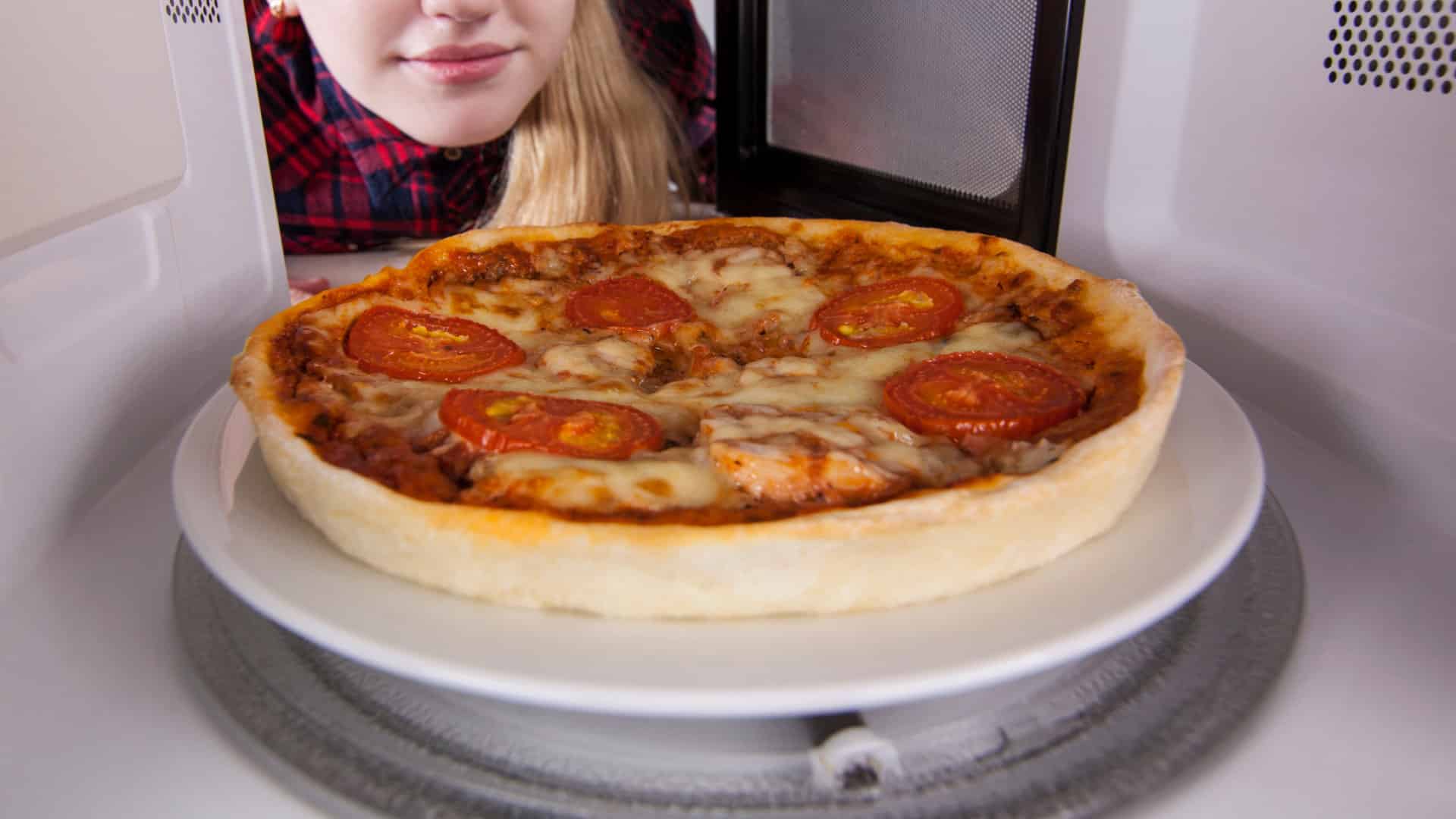
Whirlpool Microwave Door Error: How to Fix It
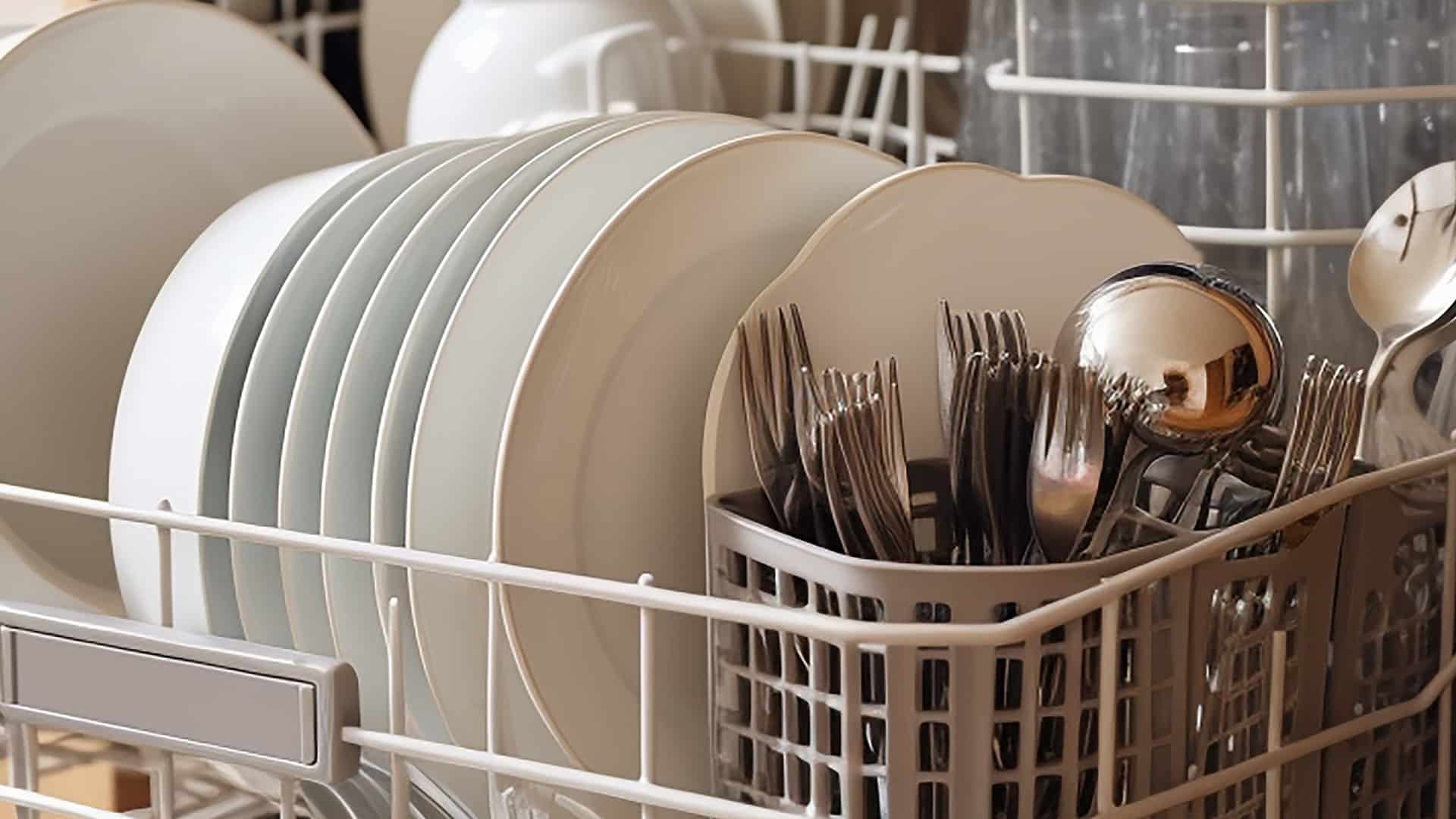
13 Things to Never Put in the Dishwasher
